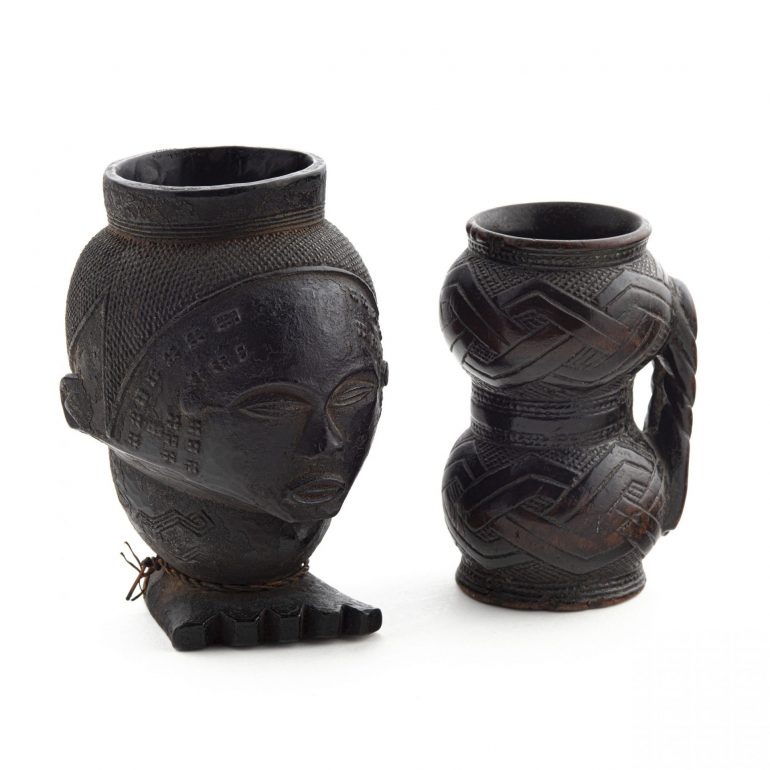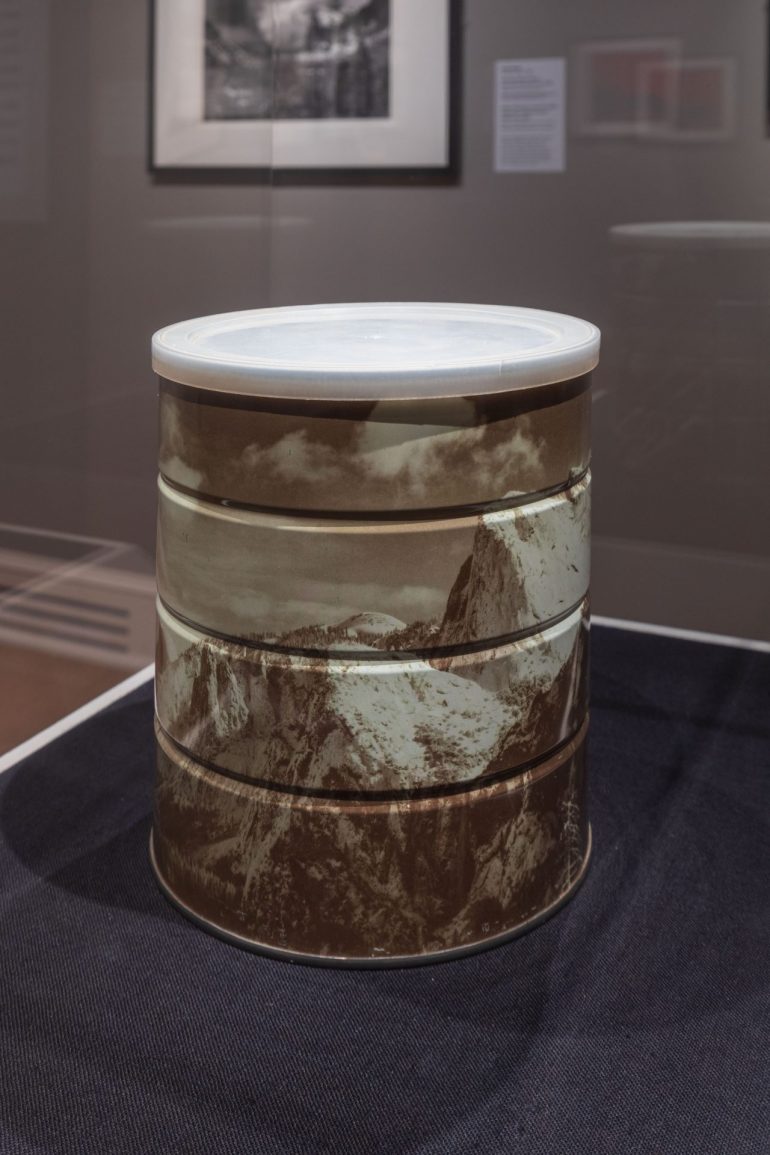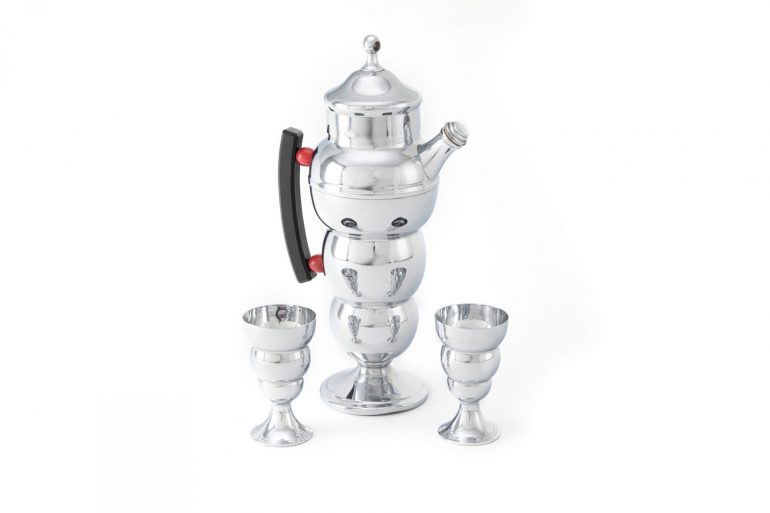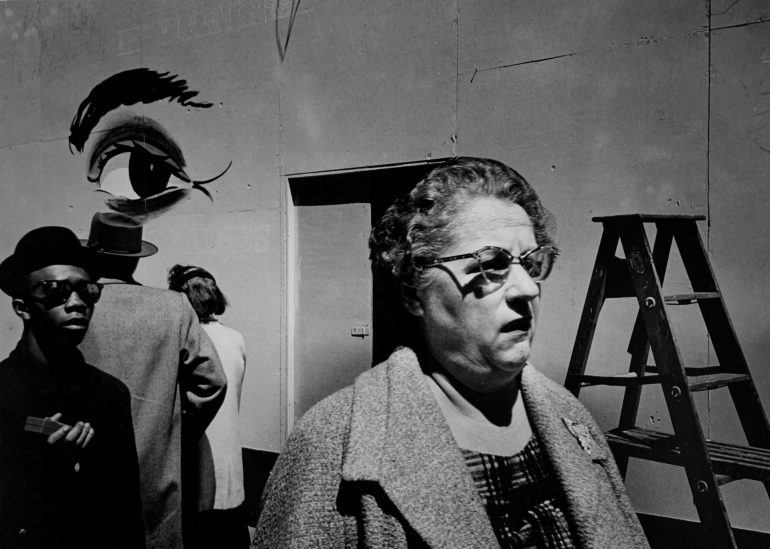Object Lesson: Wunkirmian/Wakemia (Ceremonial Ladle)
Dan ceremonial ladles known as wunkirmian or wakemia (spoon associated with feasts) are badges of prestige that acknowledge a woman for her invaluable generosity to her family and the entire community. These objects were created to serve as symbols of status and the bearer of spiritual powers. The complex design and craftsmanship of these ladles are the mark of their relevance. Read More




